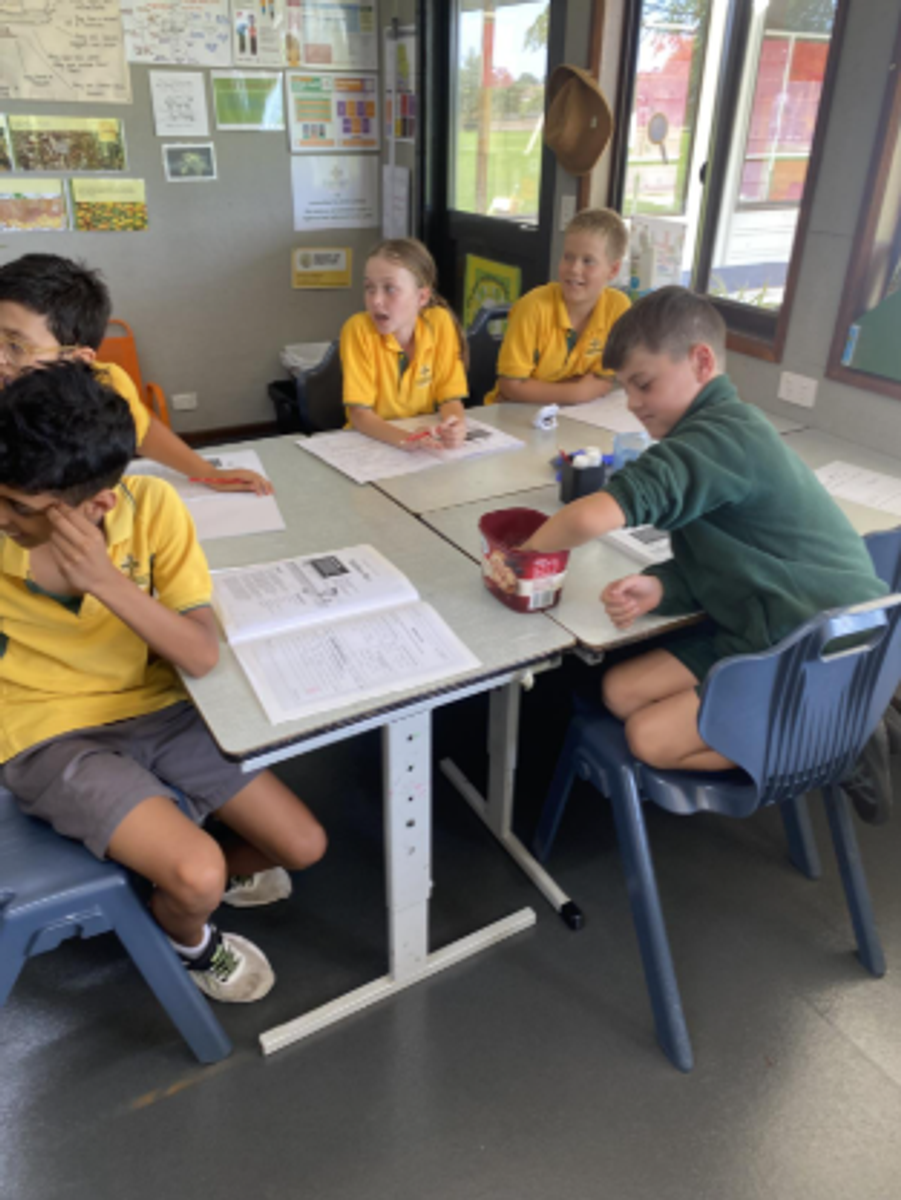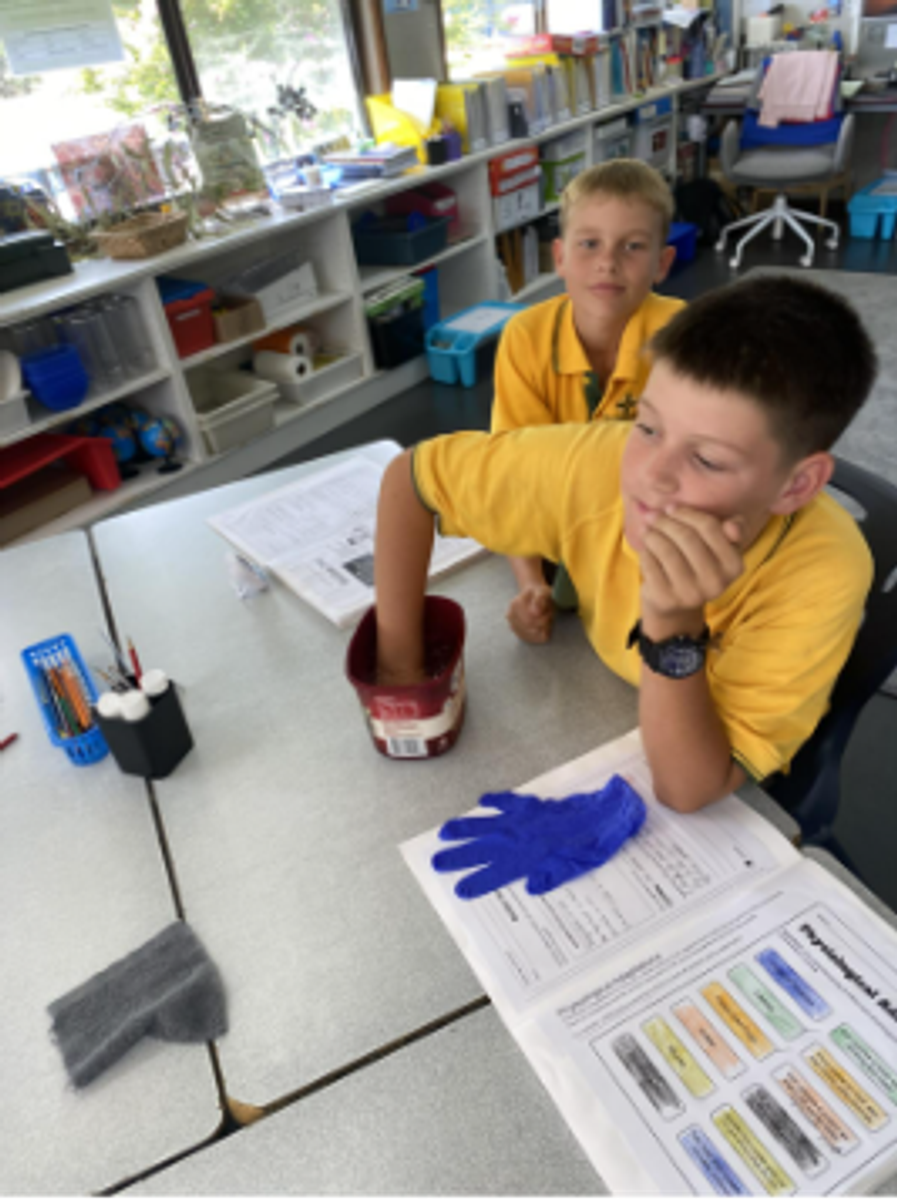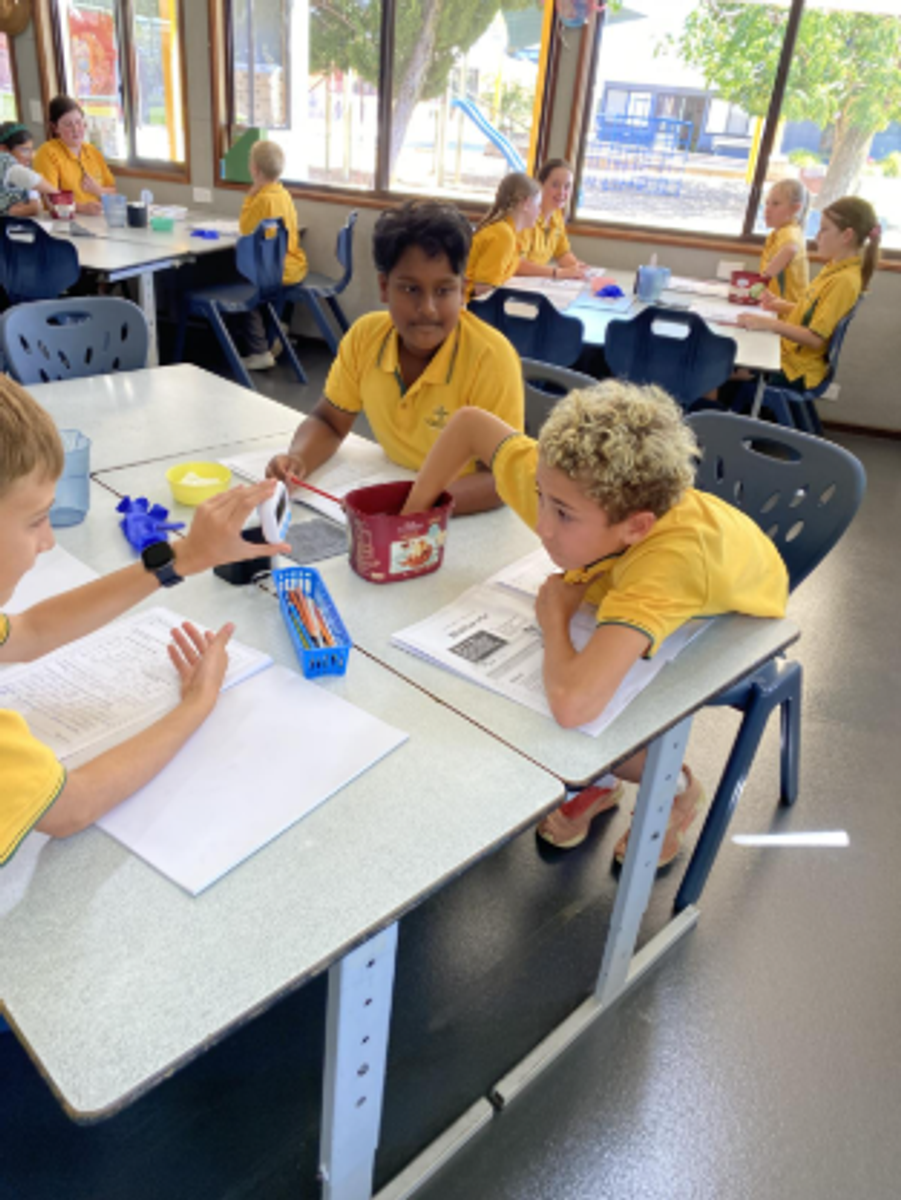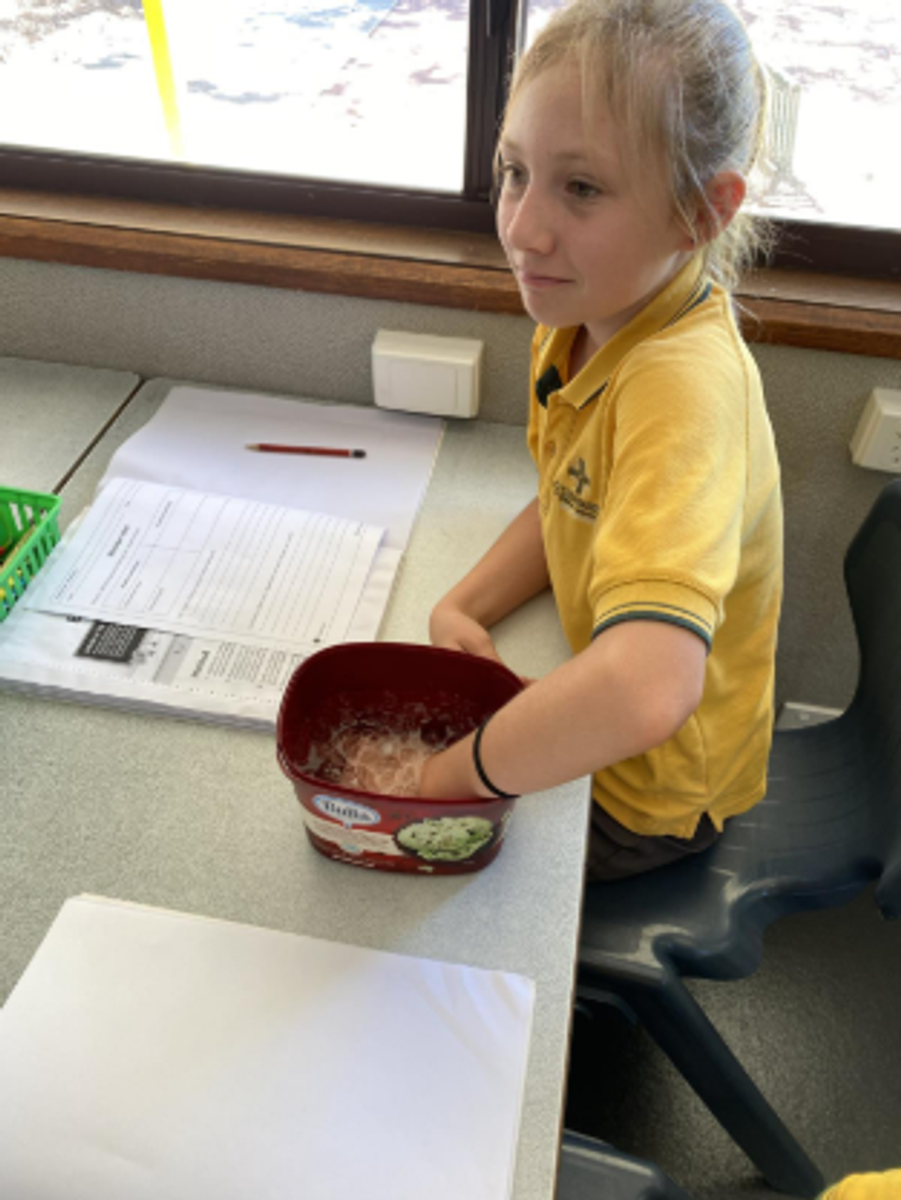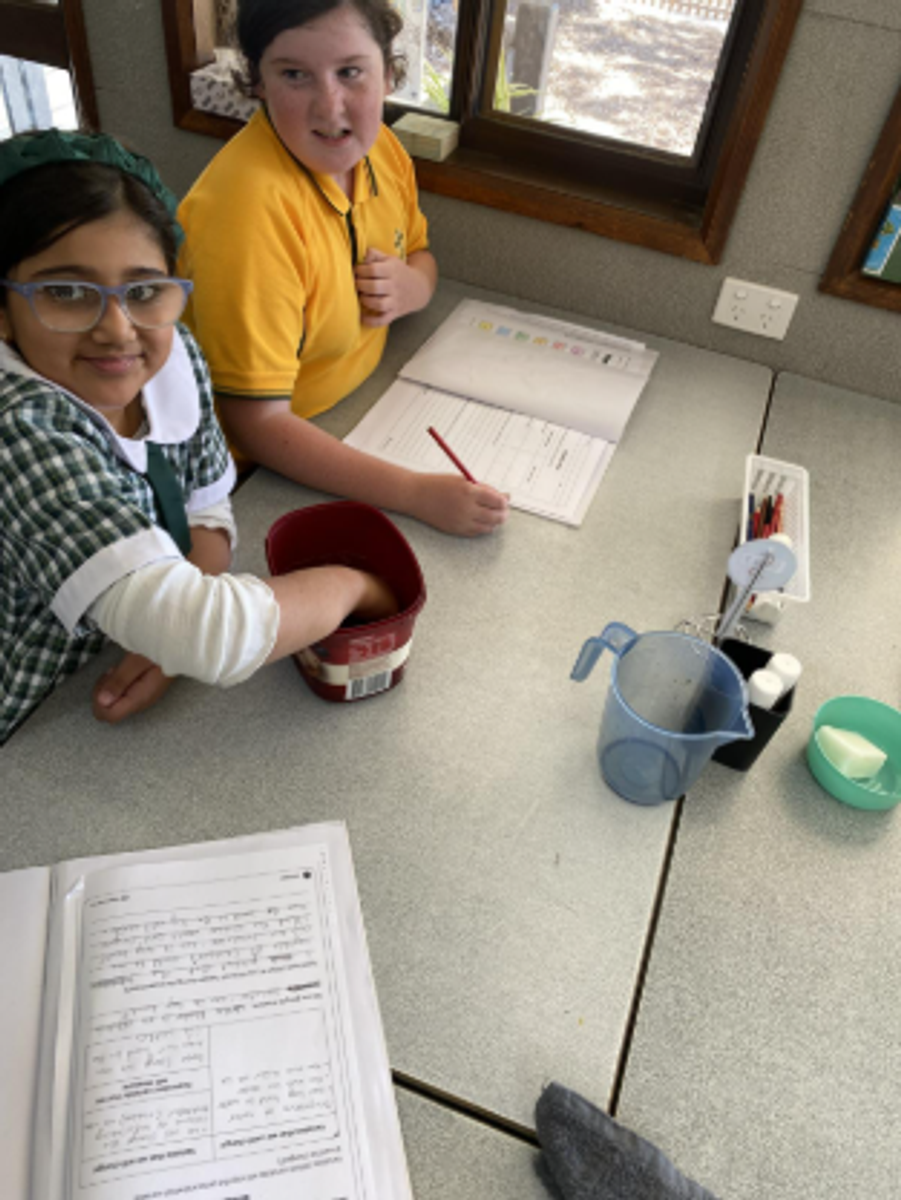Science
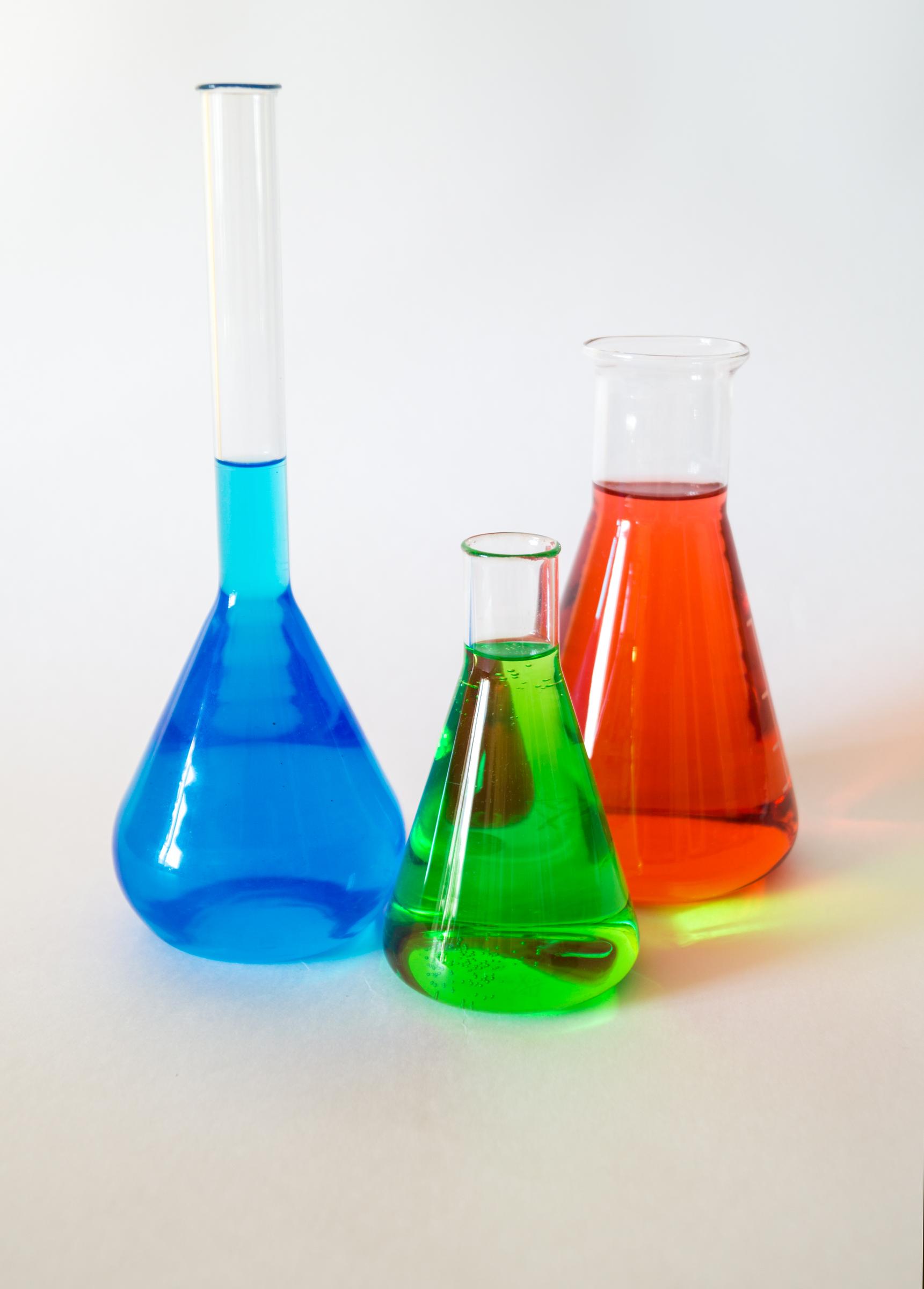
Grade one students have continued to discuss what the needs of living things are, and in particular the needs of animals, including human beings. We have begun our science lessons over the past two weeks by checking our celery experiment which demonstrated how water travels up the stem or trunk of a plant. We now have some very colourful celery on show in the science room!
Last week the children helped me do some sorting – I had a backpack with items I intended to take on a camping trip, which ranged from a tent to a teddy bear> The idea of the task was to sort these items into needs and wants – did I need to take the item with me to help me to survive while I was away (food, shelter and water) or were they items that I simply wanted to take to make my trip more comfortable (my teddy bear, a book, my sunglasses or my hairbrush and fancy sandals) once we completed this task and discussed the difference between a need and a want, the children completed a classification task in their books.
Grade two students have begun an inquiry project where they have to research information about one of the mini beasts, we have been looking at during our Schoolyard Safari unit. This requires the children to choose an insect and then look up and read information books to answer certain questions about their physical features, habitat, food and how they protect themselves. It has been wonderful to watch as the children embraced this experience and recorded their version of what they had read from the books. The children will have the opportunity to complete this project in the last week of the term.
Grade three students have completed their data collection about the growth of their broad bean seeds and have watched with amazement as their seeds germinated and changed week by week. Some of the seeds grew with greater success than others, but we also took into consideration that a plastic cup and paper towel were not the ideal growing conditions for seeds to germinate and grow in. What we did discover was that it didn’t matter which way we placed the seed in the cup (or in the ground) it still germinated which would align with what happens in nature when seeds are distributed by wind, water, explosive action or animals. In the last week of term, Grade three students will make a mini greenhouse to take home and try and grow another broad bean seed in during the holidays.
Grade four students finished collecting their data about the conditions that eucalypt trees need to germinate and found that the seeds that had been exposed to extreme heat (as if in a bushfire) were the most successful to germinate, followed by those with poor light and poor soil. The control ppts with the most ‘ideal’ conditions had the least number of seeds to germinate. This goes to show that many eucalypt seeds do in fact need fire or fire related cues such as heat, smoke or ash to germinate as they have adapted to thrive in fire prone environments. When we also consider their natural environment, the soil is often poor or rocky, and seeds may be covered in leaf matter and therefore have poor light.
Grade five students completed their investigation to see if blubber in animals such as polar bears, whales, seals and penguins is a good form of insulation. To complete this investigation, students recorded how long they could keep their hand in ice water without blubber, and compared this to how long they could keep their hand in ice water after a layer of blubber was rubbed on their hand (vegetable fat) and extra layer of skin (a disposable glove) It was a unanimous decision - blubber is an effective form of insulation to protect warm blooded animals for extreme cold!
Grade six students have completed their investigation into whether the amount of salt in the water supply affects the health and growth of crops and pasture on farms and how this in turn may effect the livestock.
Over the past few weeks, we have watered Pak Choi plants with saltwater solutions – a control pot watered with fresh water, Test pot 1 with 0.5% salt in the water, Test pot 2 with 1.5% salt in the water and Test pot 3 with 3.5% salt in the water (3.5% is the equivalent to sea water) Students measured their plant growth or lack of growth and recorded this.
One challenge we did encounter was that when the plants were purchased, they must have had cabbage moth eggs on them, so we then had an outbreak of caterpillars who just loved our pak choi!
Overcoming this, we were able to establish that the more salt, the less healthy the plants became. In farming, poor water quality (such as too much salt in the water) can then have a ripple effect – if the water quality is poor, the pasture doesn’t grow well and there is less feed for the livestock.
water is salty, vegetables in the garden don’t grow successfully.
If the animals' water supply is salty, they get thirsty and drink more, however, the more they drink, the more unwell they become!
If the chickens are eating food scraps grown in the garden with salty water, they do not produce eggs and so on.
Grade six will conclude the unit and the term by looking at some photo of salt pans in Australia, and by looking at how salt can be farmed. If time permits, they will also write a reply to a letter from a ‘concerned life-styler’ explaining how they can overcome some of the problems they encountered while trying to live sustainably.
